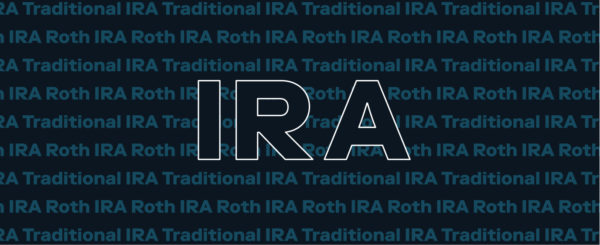Jan 6, 2020
What’s Changing for Retirement Accounts in 2020
You might be able to invest longer, and save more for retirement.

Small but important changes are coming to retirement accounts starting in 2020.
Tucked away in the $1.4 trillion spending bill that Congress passed at the end of 2019 is something called the SECURE Act, short for “Setting Every Community Up for Retirement Enhancement.” The act will increase the age at which retirees are required to start taking money out of retirement accounts such as IRAs and 401(k)s. It also eliminates age limits for making contributions to these plans.
The changes could help to address a retirement savings crisis, according to reports, as well as provide more time for people to save as they live longer and work longer.
Changes for 2020
Here’s a look at what’s changing for retirement plans, starting in the 2020 tax year:
RMD age increase: The new law increases the required minimum distribution (RMD) age to 72, from age 70 ½. An RMD is an amount you’re required by tax law to take out of a retirement account each year, based on an Internal Revenue Service (IRS) formula, once you’ve reached that age. The new law applies to people who will turn 70 ½ after December 31, 2019.
Repeal of age limit for contributions: Previous rules allowed people to put money into their retirement accounts until age 70 ½, after which the IRS required them to withdraw money. The new law removes this age restriction, and lets people contribute as long as they earn income from wages.
Annuities: The law will allow employer-sponsored workplace retirement plans to offer annuities. Annuities, which are contracts between insurance companies and investors, can provide a fixed amount of income in retirement, but generally require monthly or bulk payments over a period of time before payouts begin. Annuities are considered somewhat controversial due to their expenses and often limited payouts, according to some experts.
The law has additional provisions that could help consumers in other ways.
For example, people will now be able to use up to $10,000 from a 529 account to repay student loan debt. A 529 is an education savings vehicle that allows consumers to save and invest money on a tax-deferred basis. Similarly, people will be able to withdraw up to $5,000 penalty free from an IRA or 401(k) for expenses related to the birth or adoption of a child. (Consumers will still have to pay taxes on the withdrawn amounts, according to reports.)
The changes to IRA and workplace retirement plans follow IRS contribution limit increases to 401(k)s for 2020.
More about retirement accounts
IRAs and 401Ks are both tax-advantaged retirement accounts that could help you save for retirement.
You typically have access to a 401(k) through an employer, who may also provide an employer-match benefit, whereas anyone can open an IRA by setting up an account at a bank or brokerage.
Both accounts can allow you to save for retirement by investing in products such as CDs, stocks, bonds, and other securities. Both IRA’s and 401(k)s come in two flavors—traditional and Roth.
You can learn more about 401(k)s and IRAs here.
Save for your future
Saving for retirement can be an important part of a comprehensive financial plan, which can also include setting short-term and long-term goals for your money. Short term goals can include creating a budget, setting up a savings account for unexpected expenses as they arise, as well as building an emergency fund with three to six months worth of expenses for unexpected life events such as medical bills or layoffs.
Longer-term goals can include investing, and saving and investing for retirement.
Check out Stash’s financial checklist for 2020 to help you get started planning your financial life this year.
*This information should not be relied upon as research, investment advice or Tax advice. This information is strictly for illustrative and educational purposes and is subject to change. For additional tax related questions, please consult a Tax professional.
Related Articles

How to Start a Roth IRA: A 5-Step Guide for 2024

What Is a Traditional IRA?

How Much Do I Need to Retire: A Guide for Retirement Saving [2024]

Roth vs. Traditional IRA: Which Is Best for You in 2024?

How To Plan for Retirement

Credit Cards vs. Debit Cards: The Differences Can Add Up





